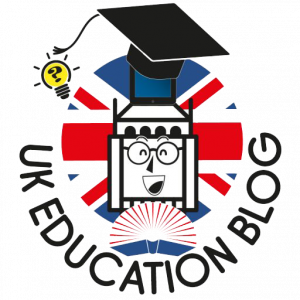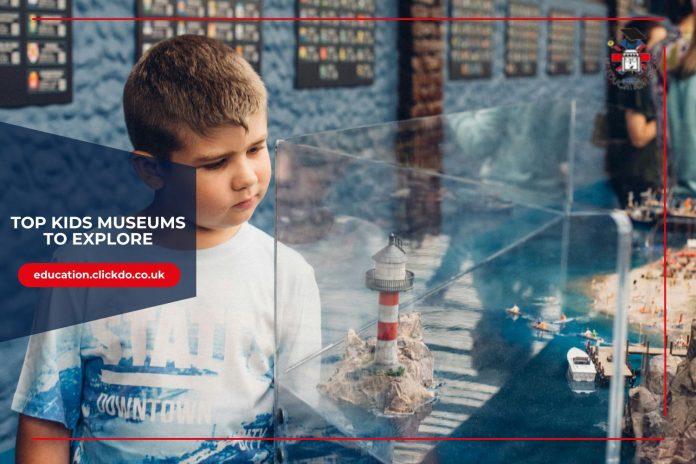Finding the right student accommodation is essential to guaranteeing a happy and rewarding university experience. We get it, the search for the best digs can be daunting when there are so many options out there… But fear not!
We’re here to guide you through the maze and make the process less stressful and more of an enjoyable adventure. Let’s get started.
Understanding Your Student Accommodation Options

If you’re planning to live away from home while studying at any top UK university, you’ll probably realise there are loads of options to choose from.
The UK offers a diverse range of student housing which varies from city to city, each with its unique benefits and considerations. Whether you’re drawn to the vibrant community of university halls, the convenience of shared student accommodation, or the independence of private houses and flats, there’s something for everyone.
1. University Halls of Residence
University halls are often the first port of call for freshers. They provide a unique opportunity to immerse yourself in student life, make new friends, and adjust to university life within a supportive community. Halls tend to come in two flavours: catered, offering the convenience of prepared meals, and self-catered, allowing you the freedom to cook for yourself. Living in university halls is a great way to ease into university life, with the added bonus of being close to your lectures, the library, and campus facilities.
2. Shared Student Accommodation

Shared student accommodations from private providers like Sanctuary Students are purpose-built residences that cater specifically to students’ needs. They’re modern, secure, and often come with a host of amenities like high-speed internet, communal study and social spaces, cleaning and maintenance, laundry facilities, and sometimes even on-site gyms! Bills are usually bundled into the rent you pay so there are no other housing costs to worry about, making budgeting a breeze. Shared student accommodation like this provides a blend of community living with a bit more independence and is an excellent option for students at any stage of their university journey.
3. Private Houses/Flats
For those craving more independence, renting a private house or flat with friends can be a fun and exciting experience. This option allows you to choose your housemates and gives you a taste of independent living. It’s a popular choice among second and third-year students who have formed friendships and are ready to take the next step in their living arrangements. However, it’s essential to be aware that renting privately requires more self-management and other bills – like your gas, electricity, water, Wi-Fi, and contents insurance – are typically not included in the rent.
Key Things to Consider
When choosing your student accommodation, several key factors will influence your decision:
1. Location
The location of your accommodation can really impact your university experience. Consider the proximity to your university campus, local amenities, public transport links, and all the social venues for your much-needed student entertainment. Living closer to campus can save time and travel costs, but accommodations further afield might offer a different lifestyle or be more budget friendly.
2. Budget

Your budget is about more than just rent. Consider additional costs such as utility bills, internet, and personal expenses. Start by setting a realistic budget, and don’t forget to factor in the cost of living in different areas.
3. Amenities and Facilities
The amenities and room essentials offered by your accommodation can make a big difference in your daily life. Look for features that matter to you, such as high-speed internet, communal spaces (is a pool table or cinema room high on your priorities?), and on-site facilities like laundries and gyms. Check if there’s enough space to relax and study, and really make the most of your time as a student there.
4. Lease Length and Terms

When it comes to the lease, it’s crucial to have a clear understanding of the terms and conditions outlined in the contract. This includes familiarising yourself with the length of the lease and what exactly is covered by your rental payments.
Make sure you clarify these details with your landlord or letting agent before signing any agreements and take note of any additional charges mentioned in the lease agreement. This could include fees for parking spaces, maintenance services, or communal amenities such as gyms or swimming pools. Understanding these potential extra costs will help prevent unexpected surprises later on!
5. Safety and Security
The safety of your chosen accommodation is the most important. Look for properties with robust security measures, such as CCTV, secure entry systems, and in some cases, on-site staff. Your peace of mind is invaluable, especially when you’re adapting to a new environment. You’ll often find CCTV and security systems in place in most purpose-built student accommodations, but it’s always worth checking out.
How to Start Your Search
Begin your accommodation search with your university’s accommodation services. They can provide trusted options and valuable support throughout the process. You can also explore reputable online platforms and social media groups dedicated to student accommodation which can be excellent resources but be cautious and do your research to avoid scams.
Making the Right Choice for Yourself
Whenever possible, arrange to view properties in person or virtually to give you a better feel for the space. Use a detailed checklist during viewings to make sure you’re not missing anything, and don’t forget to assess things like room size, Wi-Fi speeds, natural light, and any damp issues.
We know it’s not always possible to view student accommodation if it’s far away from home, so always talk with the landlord or agent so you know what to expect and ask important questions. Don’t be shy to quiz them on everything from house rules to maintenance!
Final Tips and Advice
You’ve got this! Remember, the early bird catches the best digs, so get your search started pronto. Plan well in advance because the best places are in high demand and can get snapped up quickly.
And when it comes to living with others, whether it’s in halls or a shared house, keep an open mind – it’s all part of the uni adventure. Here’s to finding your perfect student pad and making unforgettable memories along the way!










































